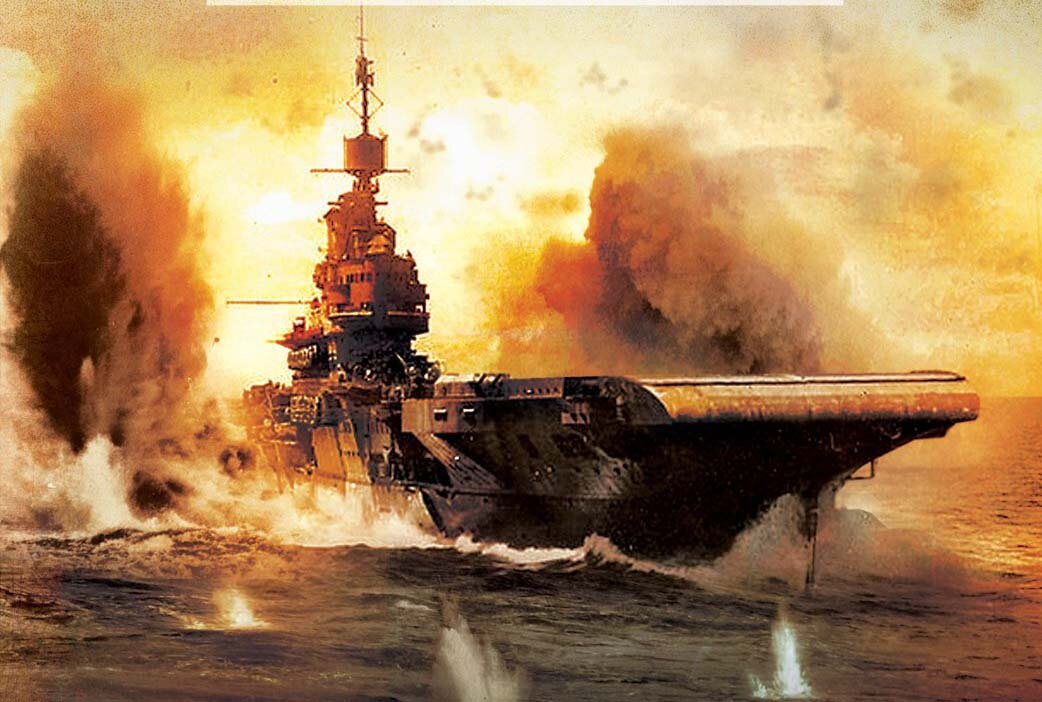Wild_Bill_Kelso
Senior Master Sergeant
- 3,231
- Mar 18, 2022
And did the Sea Hurricane successfully defend the convoy against this air armada which was more fearsome than that of the IJN at Coral Sea, Midway, the Battle of Guadalcanal, the Battle of the Eastern Solomons, and every other engagement by the USN in 1942?
Because that is what RCAFson is claiming right here
Because that is what RCAFson is claiming right here

